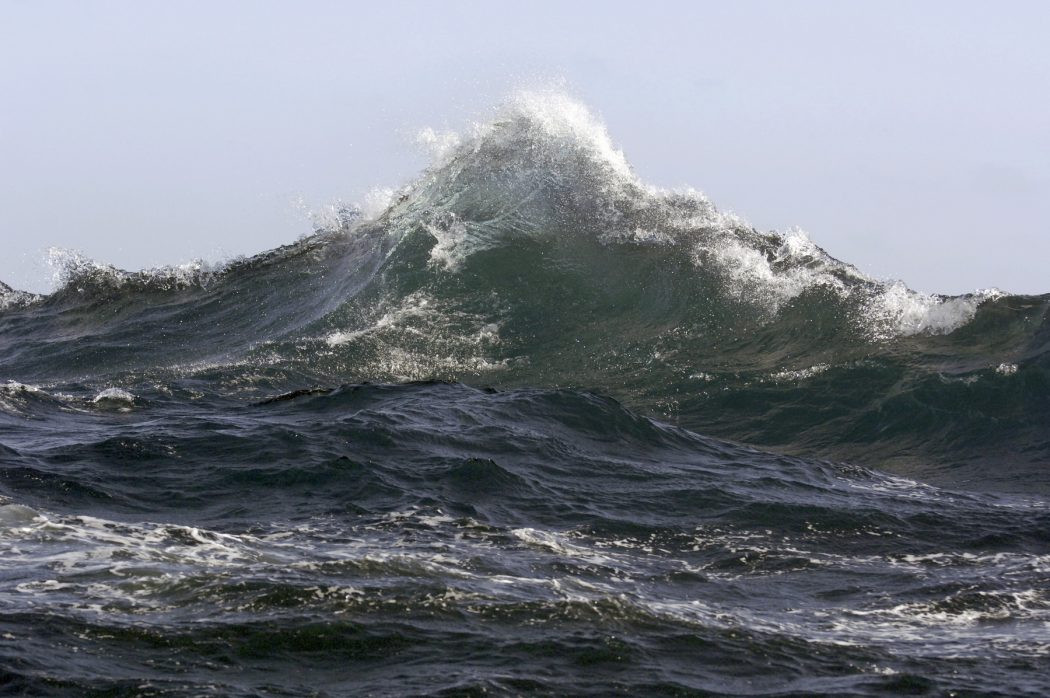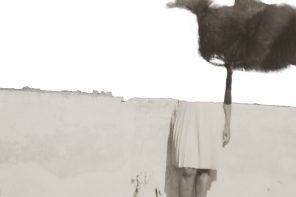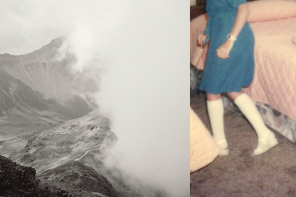Waves are caused by the rotation of the earth, ebb and flow, wind, ect. No artist is involved. And yet, as an individual wave, they often have great spatial quality. And as a whole the oceans are actually the most dynamic “installation” on earth that you can imagine. I find that immensely fascinating and a wonderful conceptual fact.
Can you describe in three words what your book is about?
I would say. “The ocean’s shows snapshots of time”
What was the motivation behind this project?
In 2006 and in 2011 I travelled across the Atlantic Ocean and became fascinated by the waves. Endless waves, day in day out in all sizes and types. From Almost invisible to fierce waves during a storm. And I realized that the oceans are actually the only areas in the world that were always there and will always be. The land is constantly changing but the sea remains the same. I found this is a special fact that led me to make this book in 2016. But I really couldn’t imagine that these photos could only be seen on my computer.

How do you see this work in the bigger frame of your work?
I am a documentary photographer with a geographical way of looking. Moreover, I find the meaning of culture / visual arts interesting for society. What makes something art?
I made my first photo album 10 years ago when I graduated at the Photo Academy in Amsterdam at a later age. That book was about art fairs (Art Fairs) in full operation. Later, a second book (Art Fairs Revisted) was about unintended (art) installations that sometimes arise by chance when building up art fairs. This book about the waves ties in with that. Waves are caused by the rotation of the earth, ebb and flow, wind, ect. No artist is involved. And yet, as an individual wave, they often have great spatial quality. And as a whole, the oceans are actually the most dynamic “installation” on earth that you can imagine. I find that immensely fascinating and a wonderful conceptual fact.
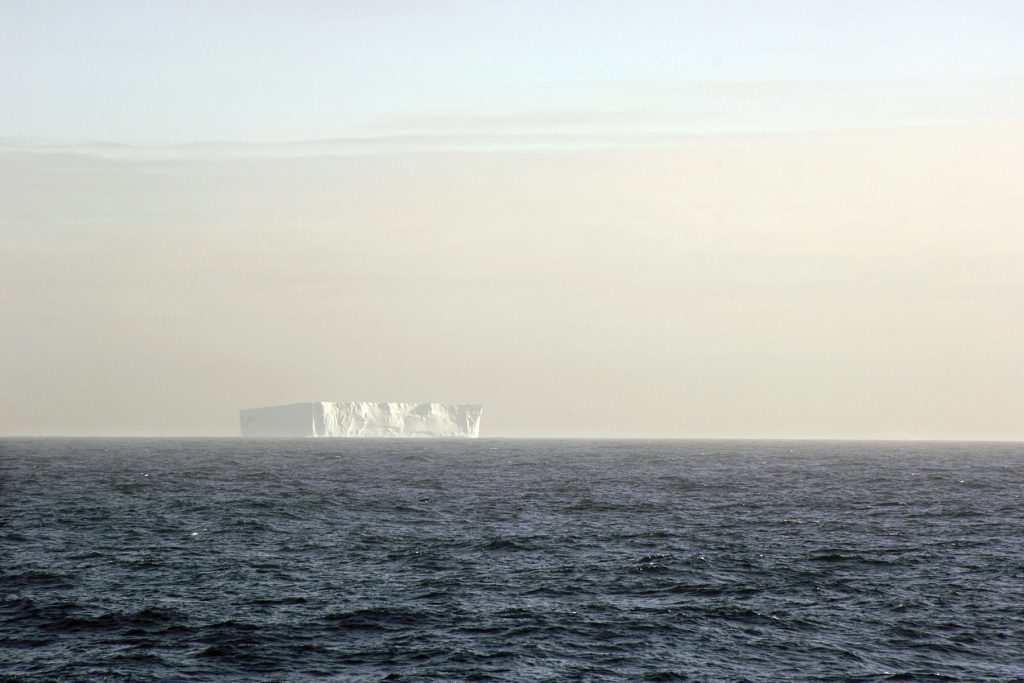
Can you say something about the editing of your book?
I did the editing together with Gert Jan Slagter, a designer with whom I often work. He had the brilliant idea to build the pictures in the book like a wave, so quiet pictures of the ocean at the beginning, then increasingly more dynamic until the middle of a storm and then descending to quiet again. That also made it much easier to choose from all those hundreds of photos. We have also designed it as a classic book, of course also because the subject is in fact timeless.
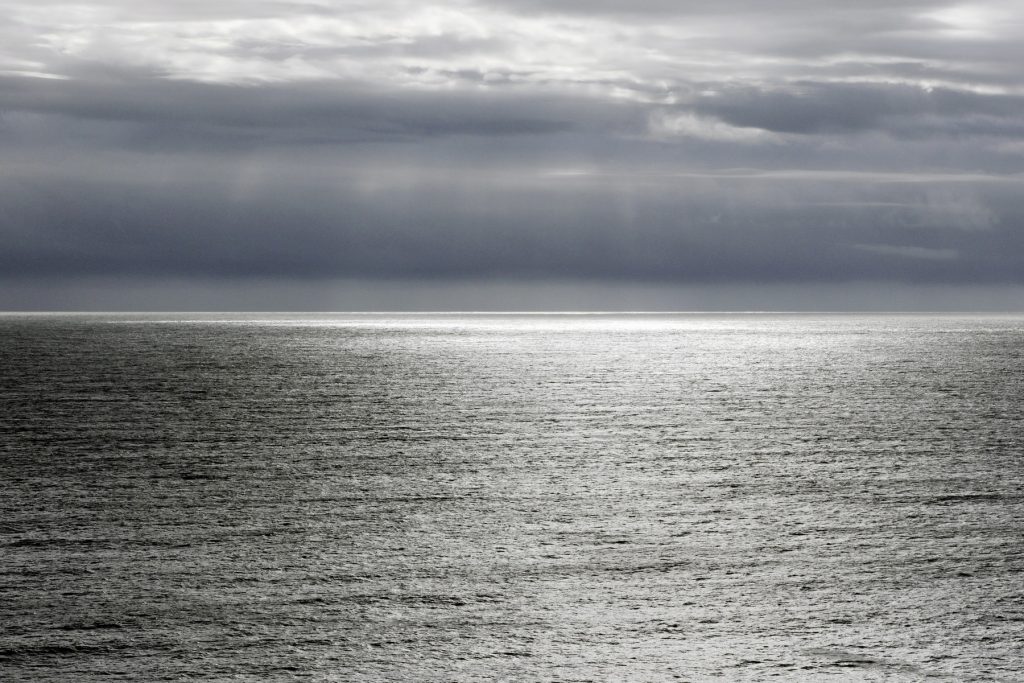
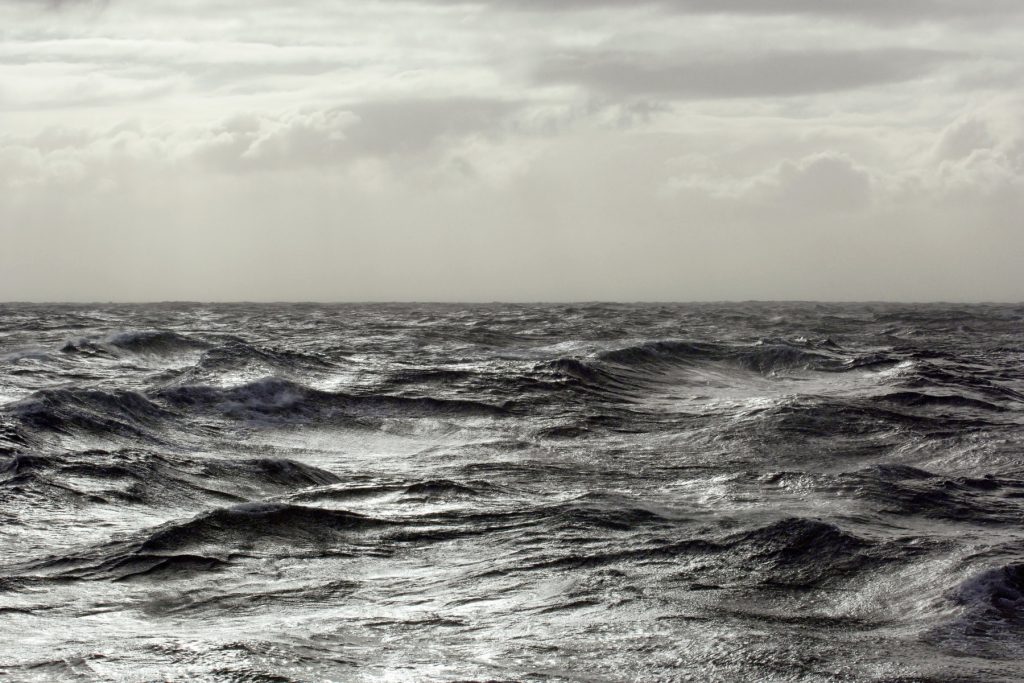
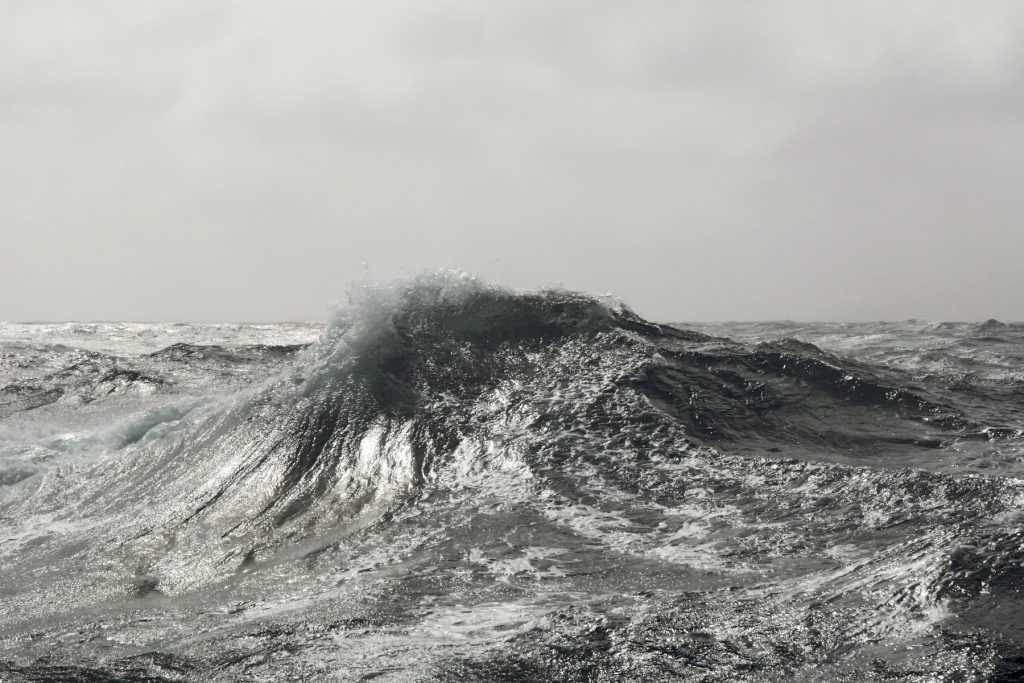
How did you decide about the number of books in this edition?
Well, the edition. I went wrong with this book. I had 600 printed and that has been too much. It is so incredibly difficult to find a target group for such an abstract subject. And I deliberately left out all the birds and (whale) fish, so that doesn’t help either.
I tried a lot, but it was slow every time; you sell 2 or 3 and you have to put a lot of energy into it. If I compare that with my photo album about Friesland or about the Ukrainian city of Lviv, they went well from the start and are now almost sold out. These are also much “easier” topics. So, if I could do it again, I would have the book “The Wave” printed digitally in a print run of 100 or 200 copies at most.

